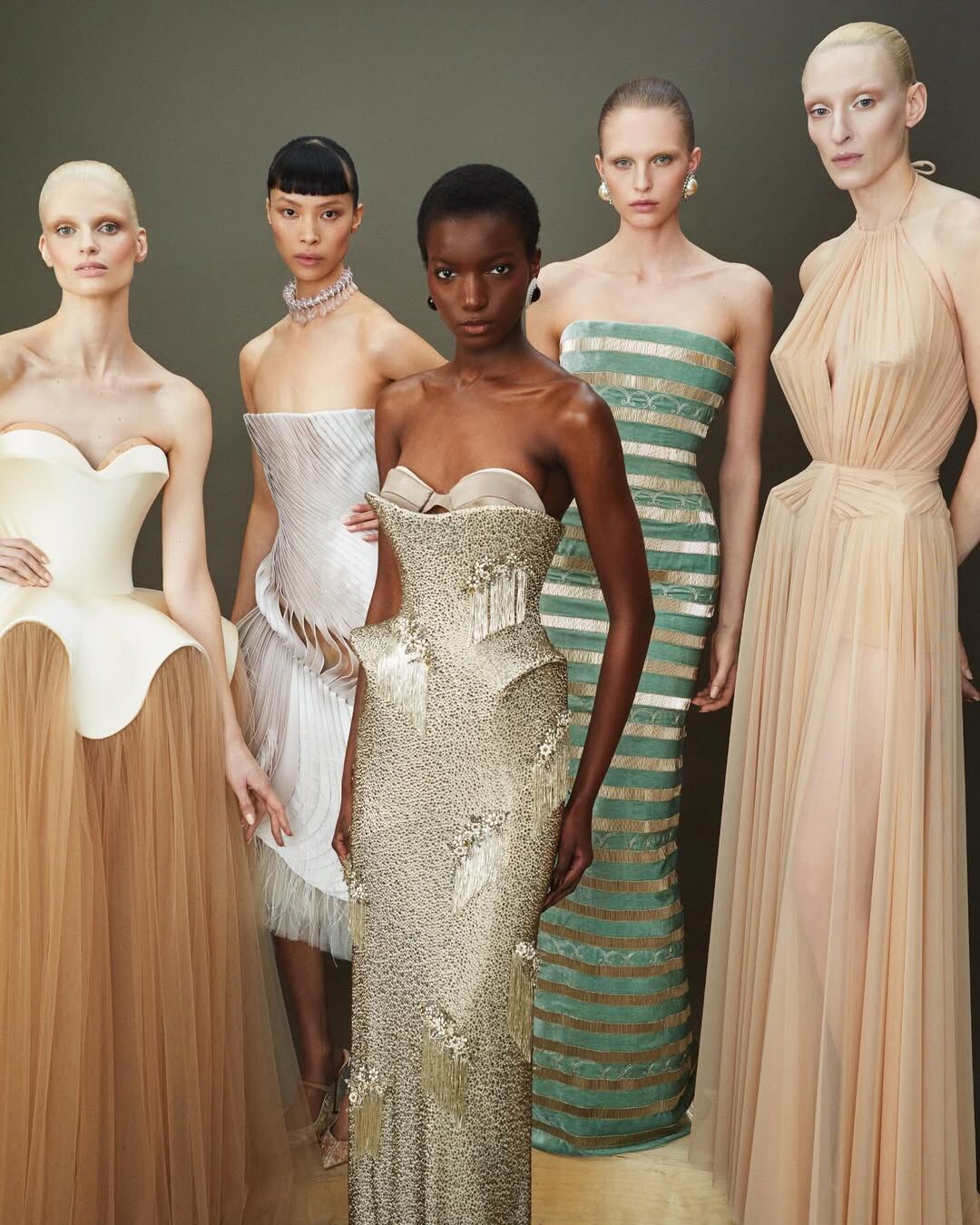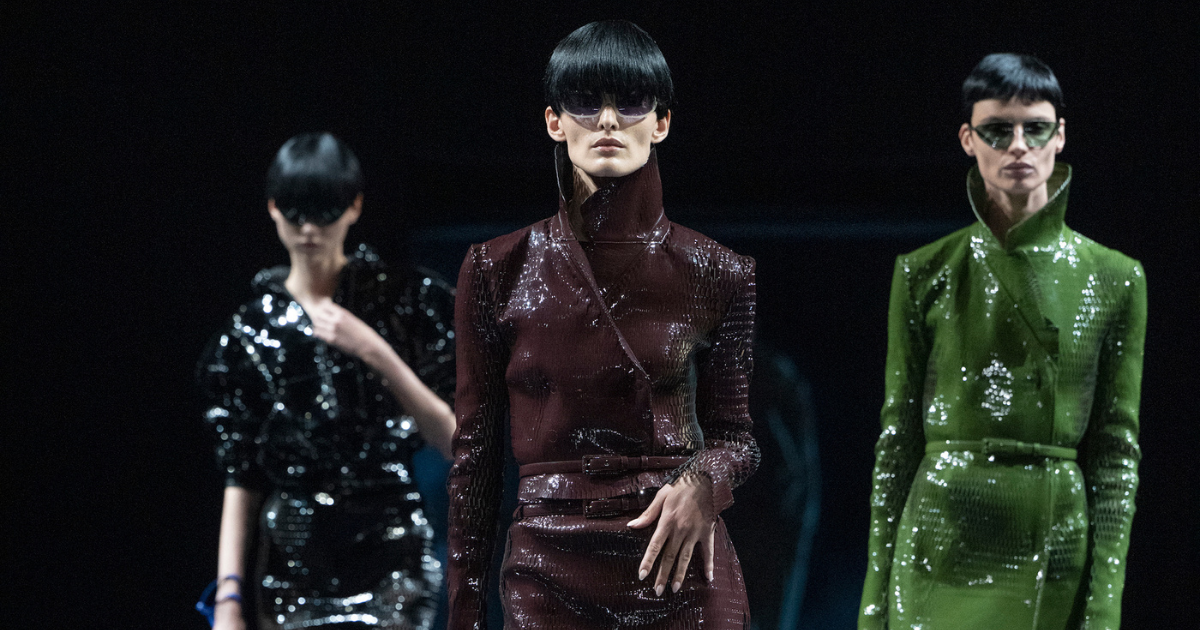Elsa Schiaparelli
"Dare to be different"

This isn’t just a quote by Elsa Schiaparelli – it’s a formula for how she existed. Our heroine didn’t follow fashion – she led people into another reality. Her name became synonymous with aesthetic rebellion: surrealism, irony, a pink that’s impossible to ignore. She created a fashion house into which she stitched her madness, childhood, and dreams. In 1927, Schiaparelli appeared in Paris as a manifesto against banality, convenience, and “correctness.”
Today, nearly a century later, Elsa Schiaparelli’s name is once again shining on Parisian façades – the triumphant return of a woman who was always ahead of her time.
The story of a strange little girl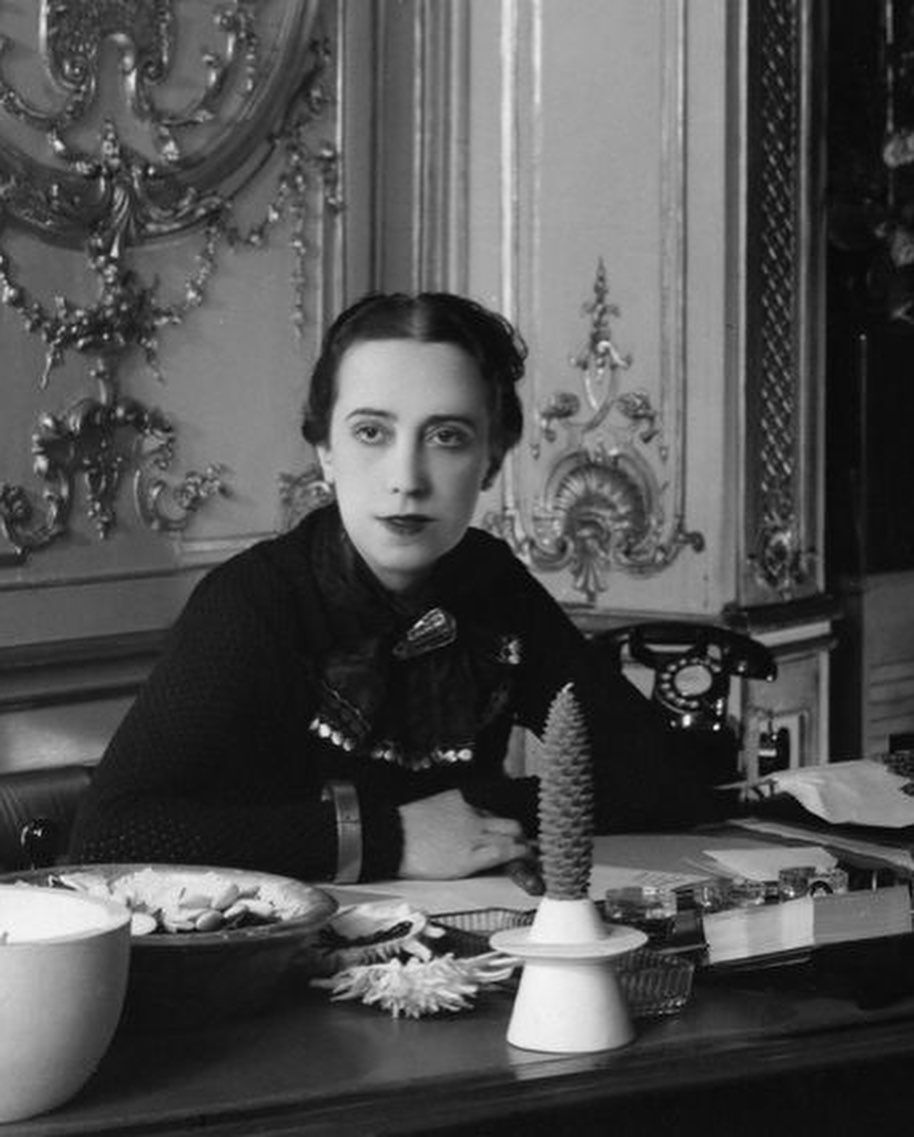
Elsa was born in a wealthy palace – Palazzo Corsini, where the walls held portraits of kings and the windows looked out on a madhouse and a prison. Outside: baroque. Inside: coldness. Her father, a scholar, was consumed by books and Sanskrit. Her mother was a Neapolitan aristocrat, rumored to be a descendant of the Medicis. But there was no fairytale: the parents wanted a son, and they didn’t hide their disappointment at the birth of another girl.
From early on, Elsa seemed strange to them. She tried to grow a garden inside herself – literally. She’d pour seeds into her mouth, ears, and nose, dreaming of blooming. She jumped off the second floor with an umbrella – and survived only because she landed in a pile of manure. She was obsessed with Jesus, with botany, with protests, with poetry. Her parents decided to send her to a convent, where even baths were taken fully clothed. She declared a hunger strike. That’s how her official youth ended.
Then came philosophy, music reviews, mysticism, and strange men. One of them became her husband – a Polish theosophist and fan of shamanic lectures. Elsa ran away with him first to Nice, then to New York. There was everything: hunger, casino losses, marital troubles, a child with paralysis. Elsa ended up on the streets of Manhattan – no husband, no job, no money. She worked wherever she could: on Wall Street, in cinema, in an antique shop. She went through filth and humiliation not just to survive, but to one day be reborn – as Schiap. A spark that endured. One that would later blow everything up.
A small door into her own house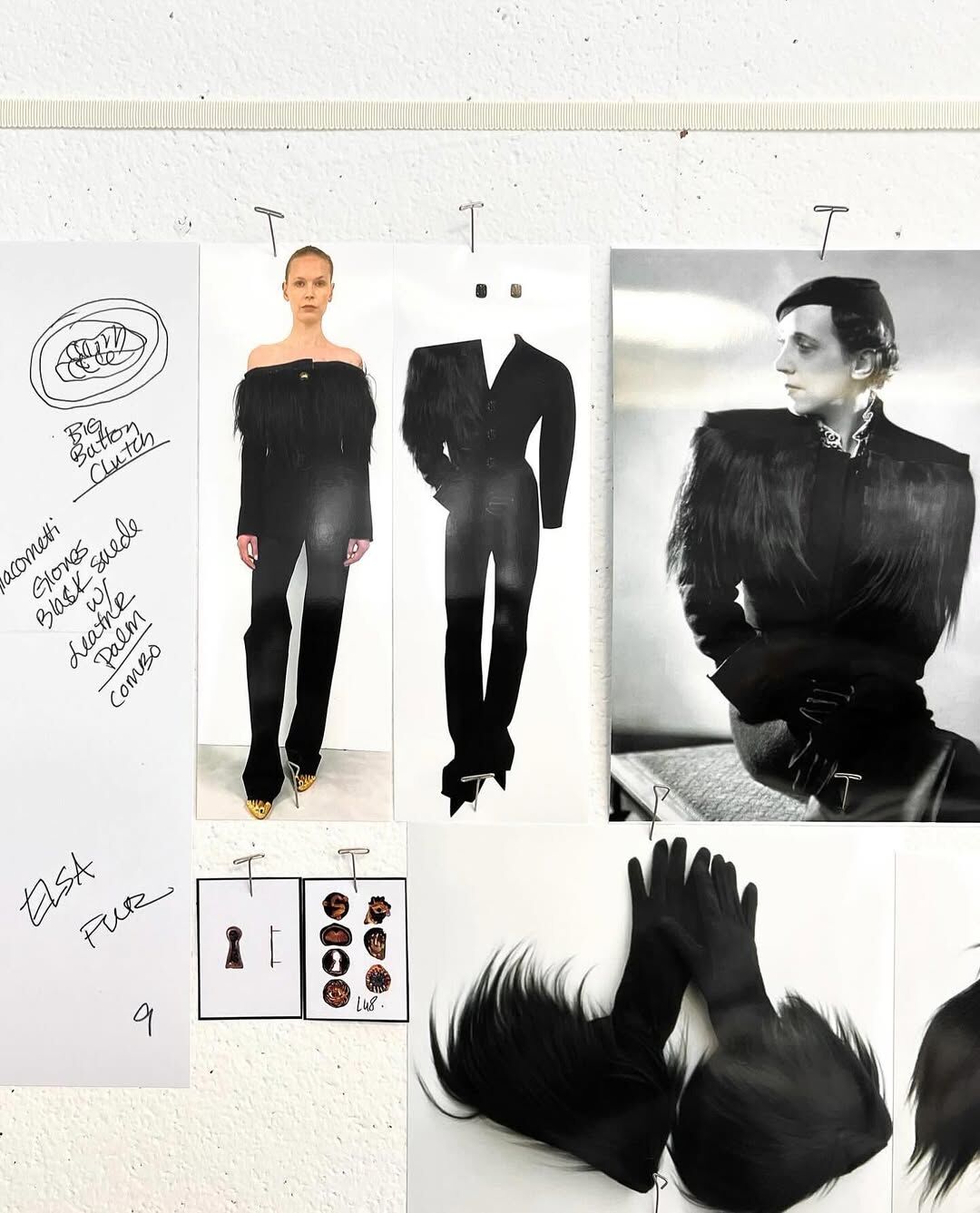
Upon returning to Paris, Elsa found herself, quite by chance, in the fashion world of Paul Poiret. She wasn’t a client – just accompanying a friend. But as soon as she tried on his dresses, she remembered who she had once been: bold, confident, free. Poiret immediately noticed her, not only for her figure, but for her energy. He said, “You can wear anything you want. Anywhere you want.” Those words stayed with her.
She began sketching. She showed her designs to fashion houses. At first, they mocked her: “Would do better to plant potatoes,” they said – but that only ignited her competitive fire. Soon, she sold her first ideas, and inspired by this success, she launched her own fashion brand in 1927 – Schiaparelli.
She started with knitwear: sweaters, pajamas, swimsuits – practical, yet unusual. Her sweater with a white bow became an instant sensation. It appeared simultaneously in British, French, and American Vogue.
Surrealism for two
By the 1930s, the dreams of that strange little girl who once drew flowers on her skin finally took shape – a shape that caused cultural shock. The runway became her territory. Every Schiap collection was a provocation, an aesthetic bomb with a surrealist fuse.
It was the start of an era of artistic collaborations – the most iconic being with Salvador Dalí. Together, they created legendary pieces: the lobster dress, the skeleton dress, the “tears” dress, and drawer pockets. Everything that had once been deemed bizarre became instantly iconic.
Around the same time, her signature color was born – Shocking Pink. Loud, rebellious, impossible. It debuted alongside the Shocking fragrance, in a bottle shaped like a woman’s torso. It wasn’t a perfume but a challenge. Pure freedom in a bottle.
Schiap brought zippers into eveningwear, created spherical handbags, invented the shoe-hat, and all of it became symbols of the era. By 1938, her collections resembled dreams: anxious, strange, prophetic. There came the “Zodiac Jacket,” collections inspired by harlequins and birds. The press was thrilled. The glossies worshipped her.
Elsa had become an artist of the apocalypse. Her pink wasn’t about romance – it was about revolt.
Dark times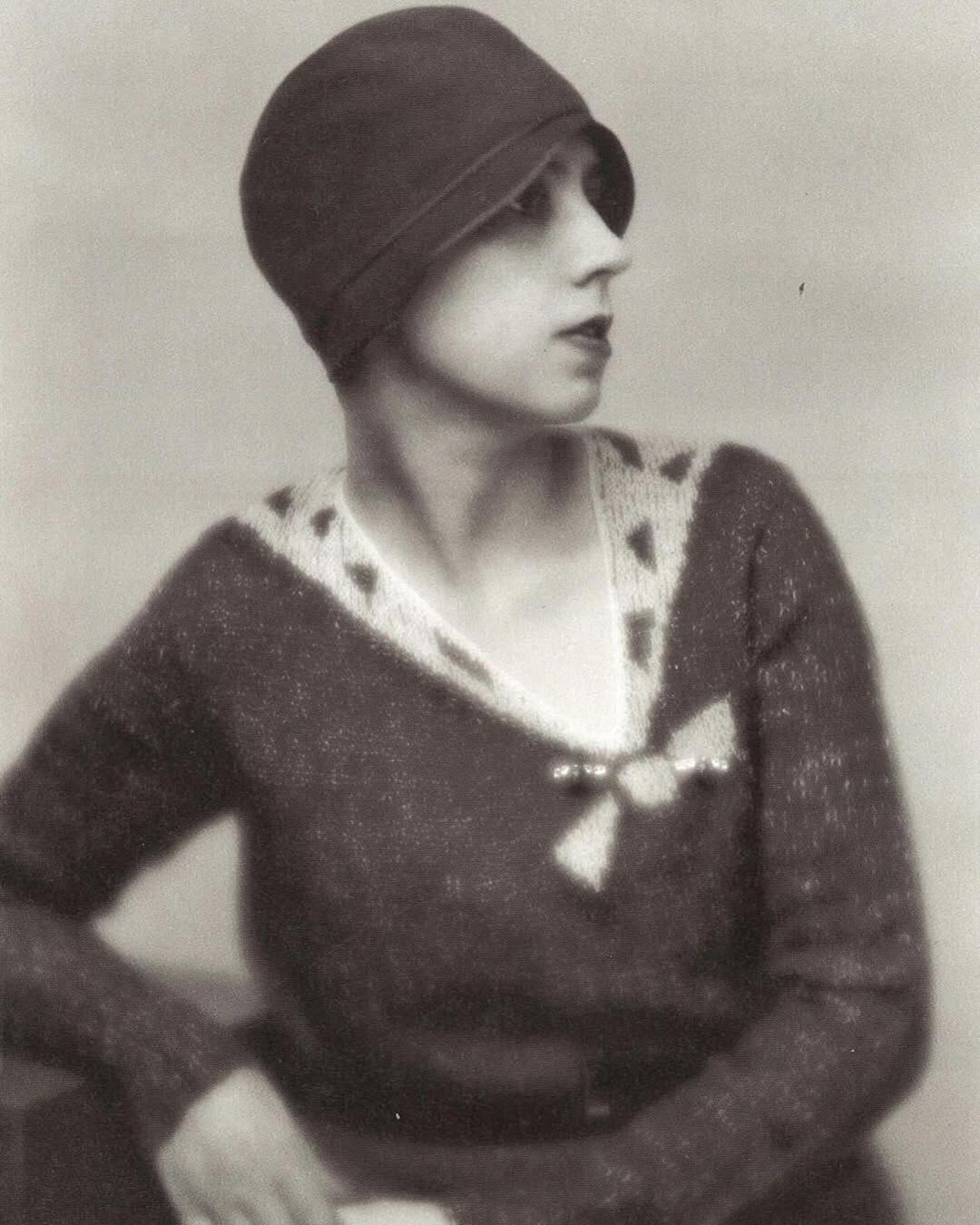
When war started, Schiaparelli found itself caught in the crossfire between those who defended fashion as art and the new regimes that saw art as excess. Elsa returned to occupied Paris, despite her daughter’s pleas to stay in the U.S. She brought medicine, supported her employees, and found ways forward even amid total devastation. But the House was no longer the same. France was trying to survive – and fashion spoke that truth louder than anyone: shoulders became alarmingly wide, silhouettes harsh, shoes grotesque. It was panic, sewn into seams.
Schiaparelli continued to operate, but the brand was surrounded by rumors and political tension. Elsa was summoned by the Chambre Syndicale de la Couture, suspected of fascist sympathies, simply for having returned to Paris. She replied: “My only crime is defending French fashion.” One war had ended – and another had begun. Not for life, but for public attention.
Farewell to Elsa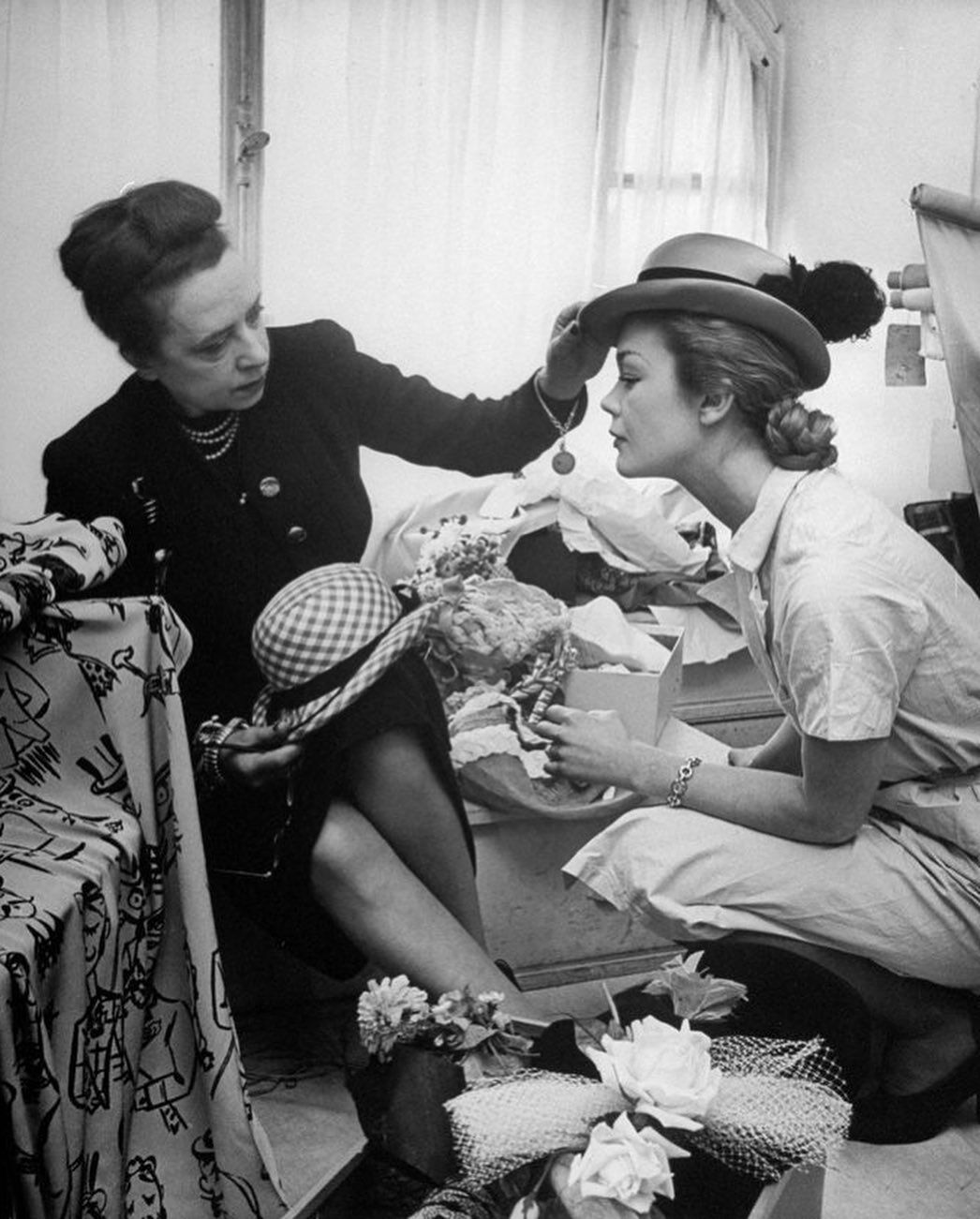
In 1947, Christian Dior launched his New Look, and the elegant surrealism of Schiaparelli suddenly faded into the shadows. The new ideal was soft femininity, voluminous skirts, and cinched waists. Shocking pink and shoe-hats suddenly seemed too far removed from postwar realities. The House’s collections lost their edge. The clients drifted away. Financial pressure mounted.
After nearly thirty years of legendary work, Schiaparelli shut down. Schiap left, but without ever compromising who she was. She published her memoir Shocking Life and vanished from the fashion scene – loudly, but proudly.
In 1973, Elsa Schiaparelli died in Paris at the age of 83. She was buried in a silk suit of Shocking Pink – the color that became her signature. No mourning, no black. Just defiance.
Decades later, the House of Schiaparelli would return to the fashion stage as an ode to madness, imagination, and audacity. Elsa Schiaparelli’s name would once again echo through the halls of fashion, reminding the world that fashion is always about play, risk, and the freedom to be different. 